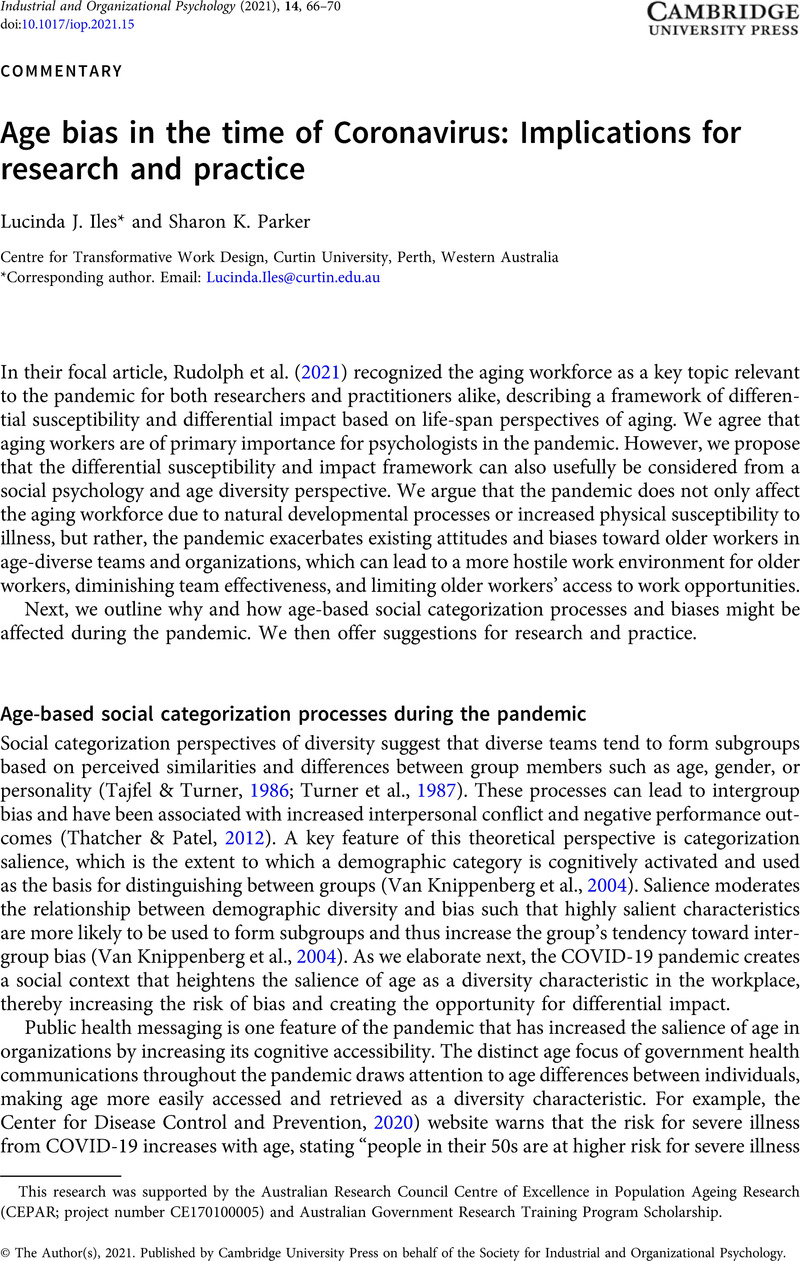Crossref Citations
This article has been cited by the following publications. This list is generated based on data provided by Crossref.
Drury, Lisbeth
Abrams, Dominic
and
Swift, Hannah J.
2022.
Intergenerational contact during and beyond COVID‐19.
Journal of Social Issues,
Vol. 78,
Issue. 4,
p.
860.
Montepare, Joann M.
and
Brown, Lisa M.
2022.
Age‐friendly Universities (AFU): Combating and inoculating against ageism in a pandemic and beyond.
Journal of Social Issues,
Vol. 78,
Issue. 4,
p.
1017.



